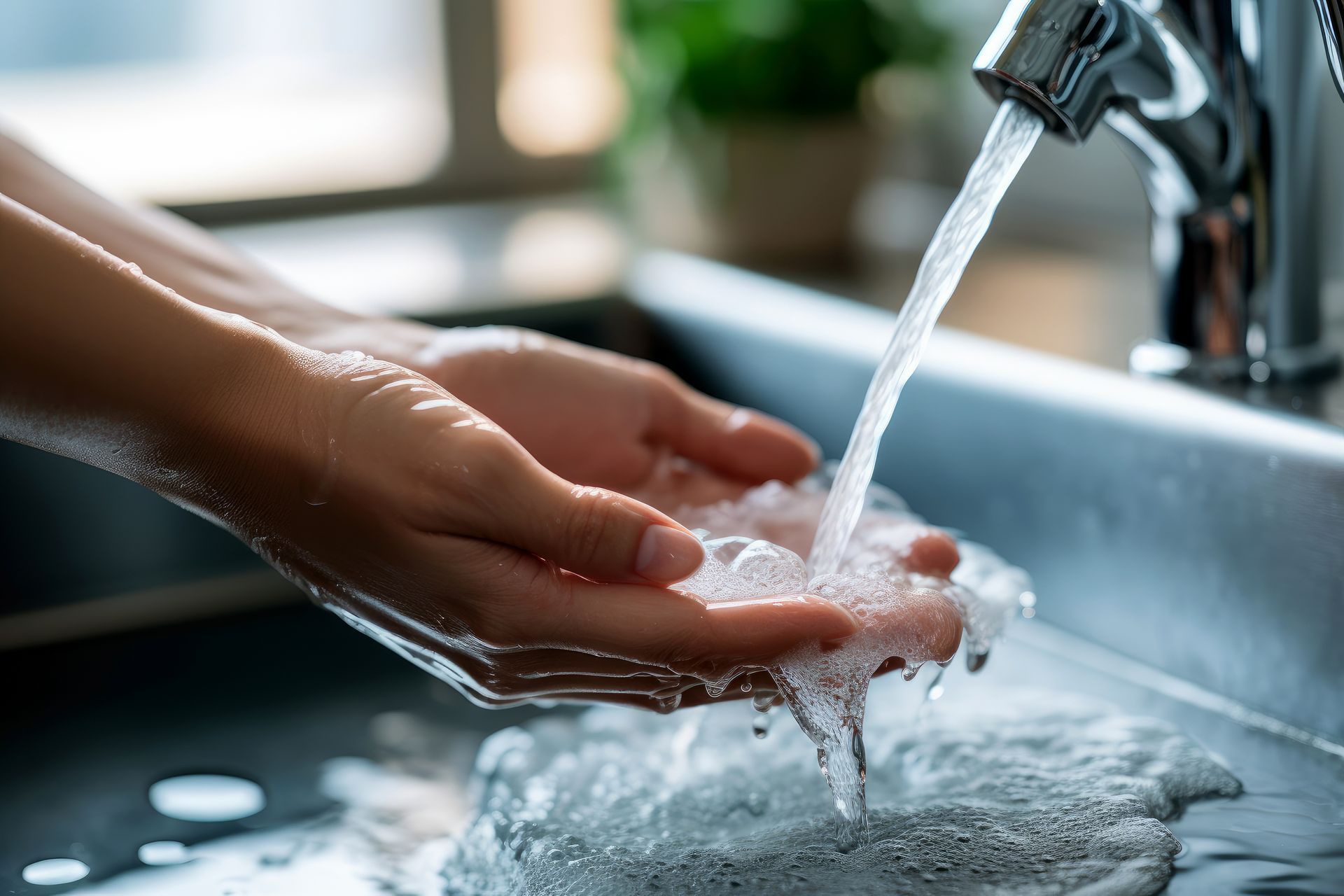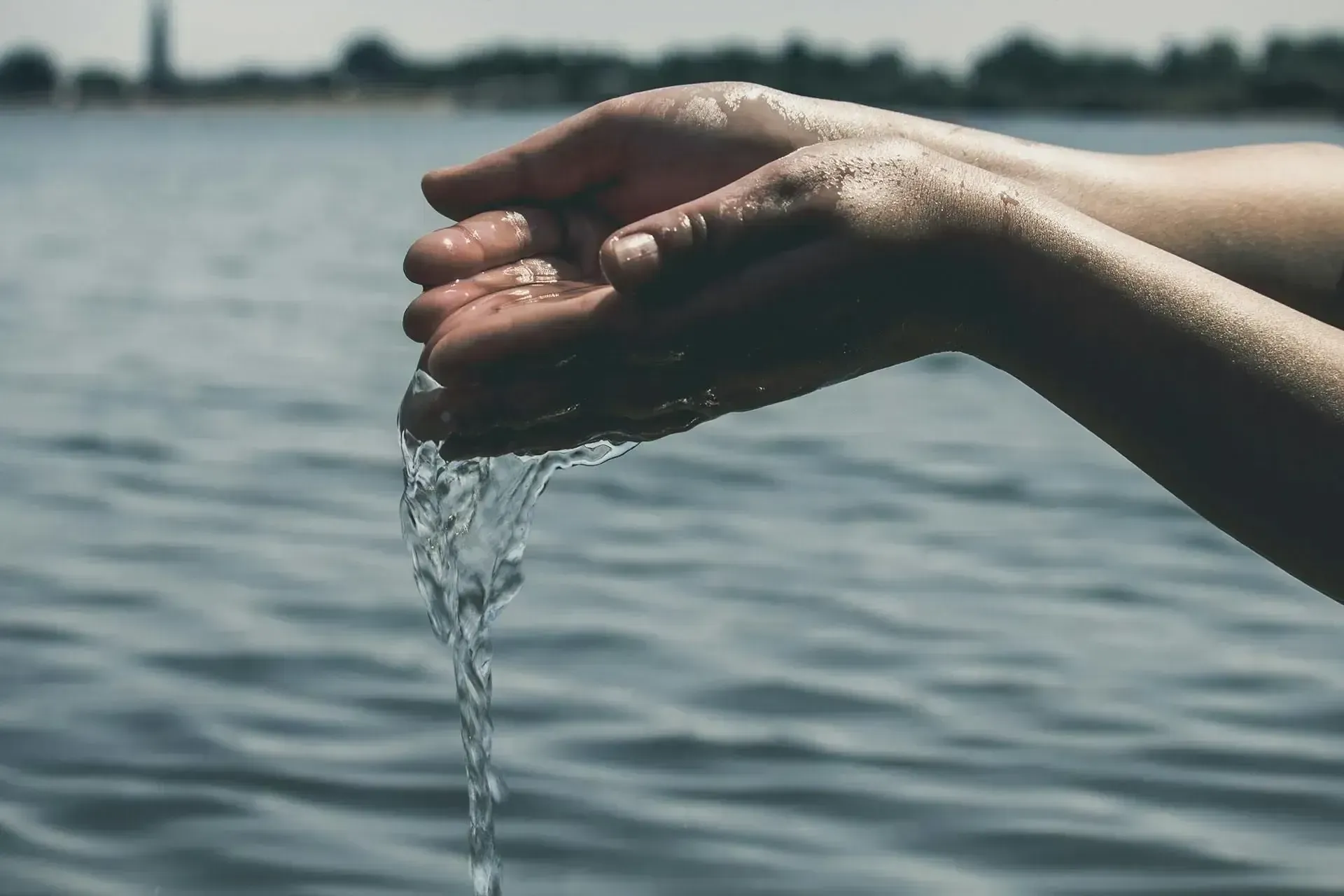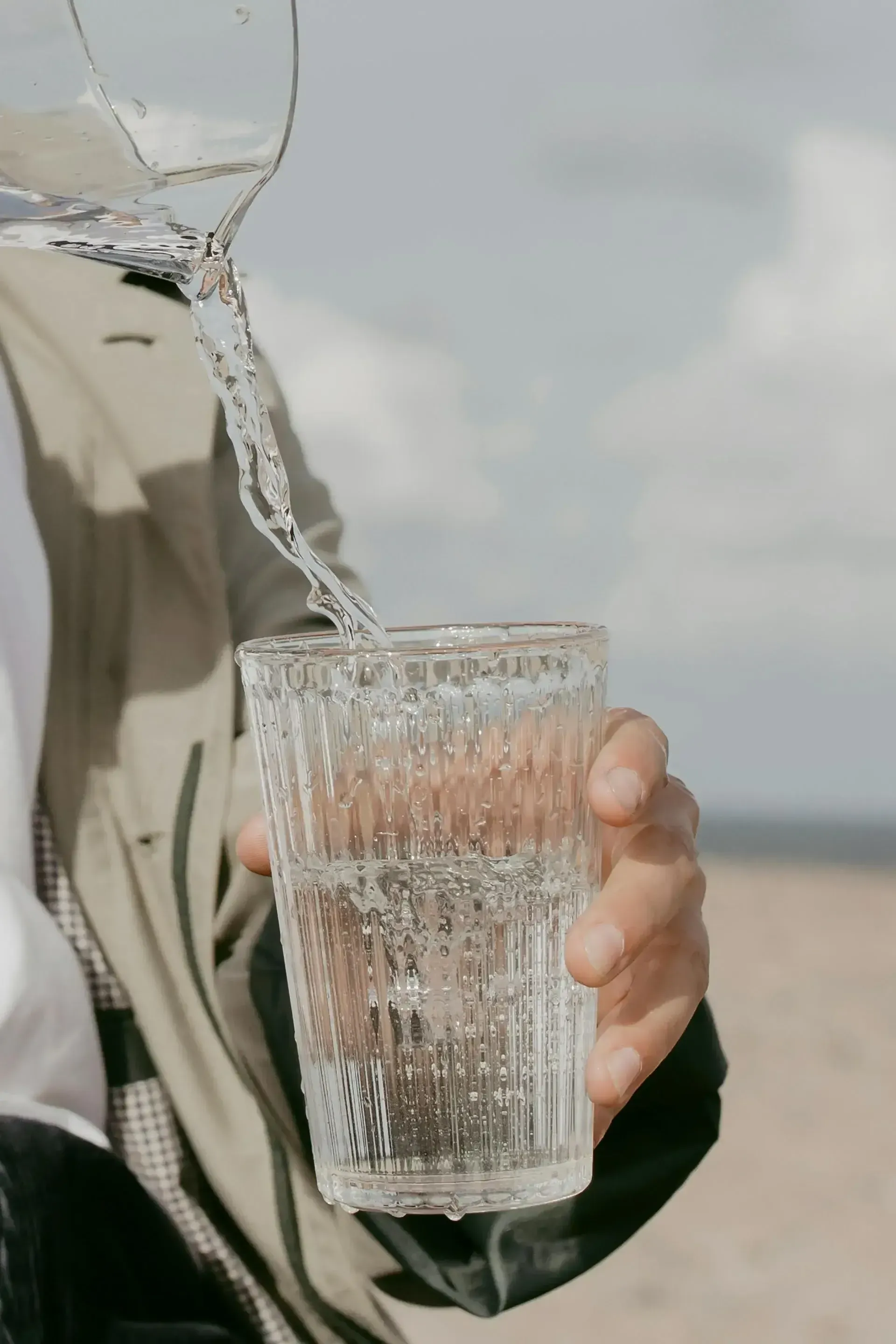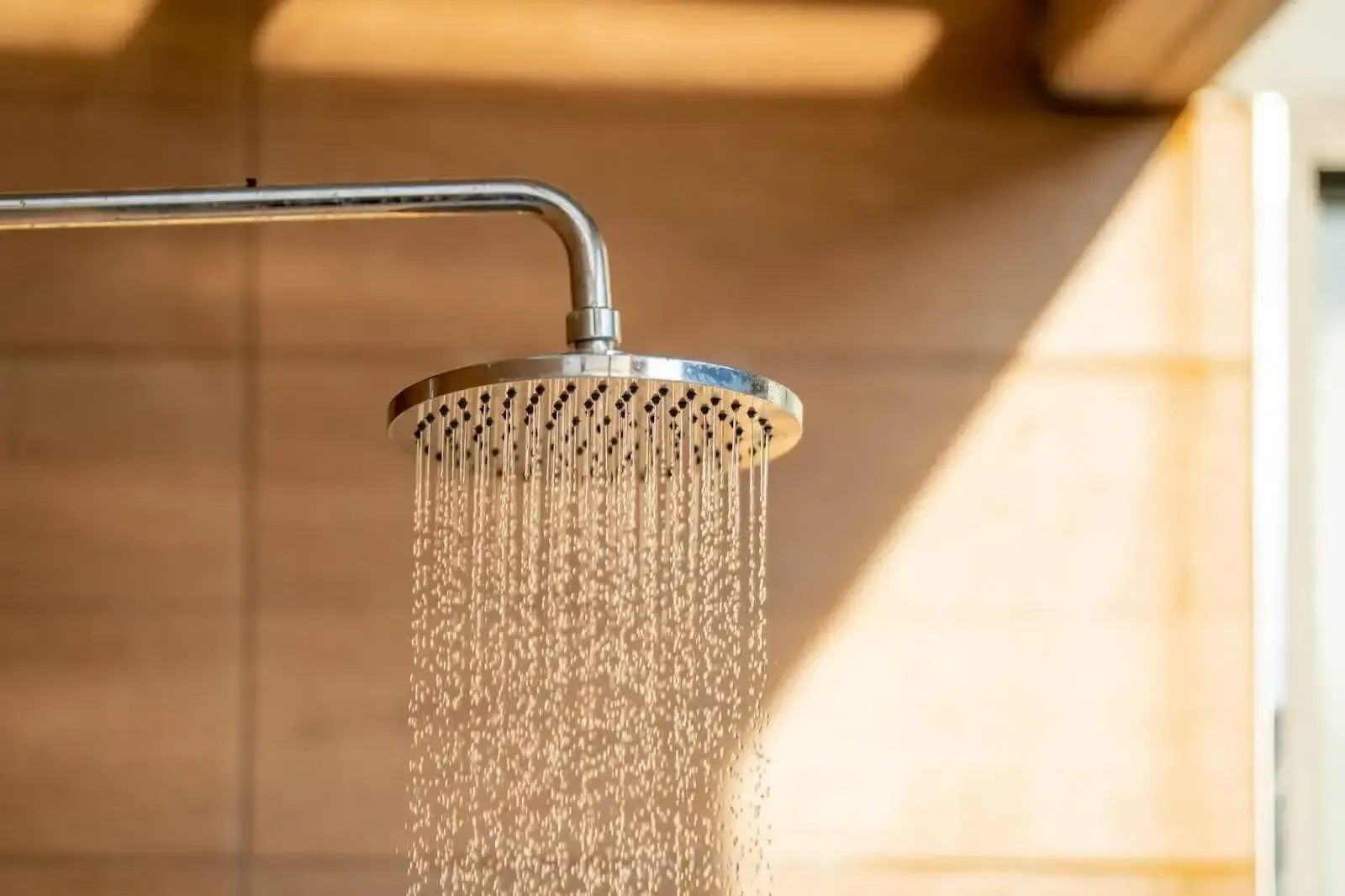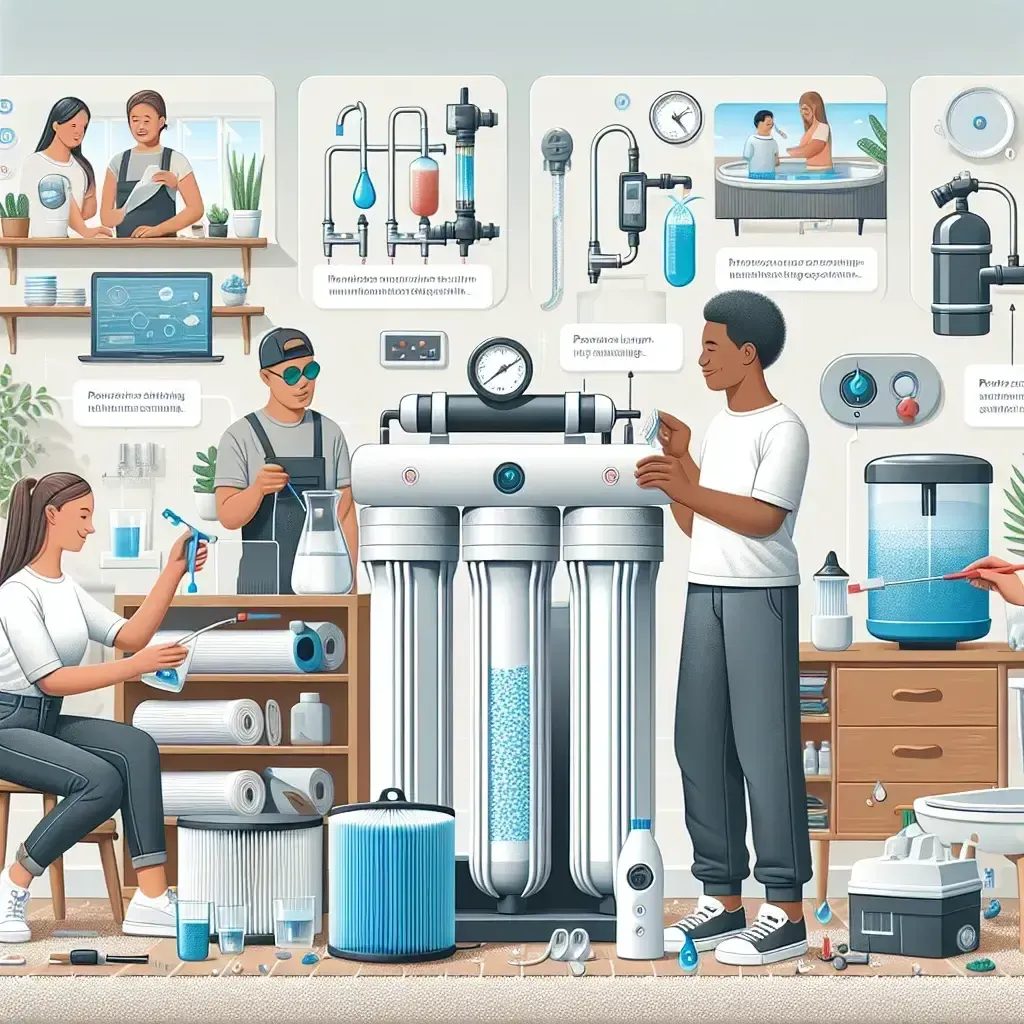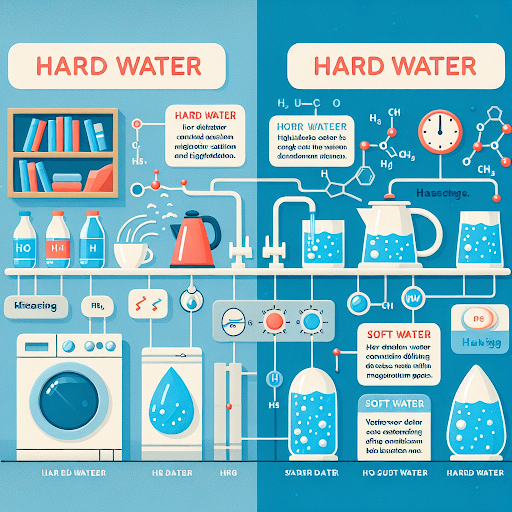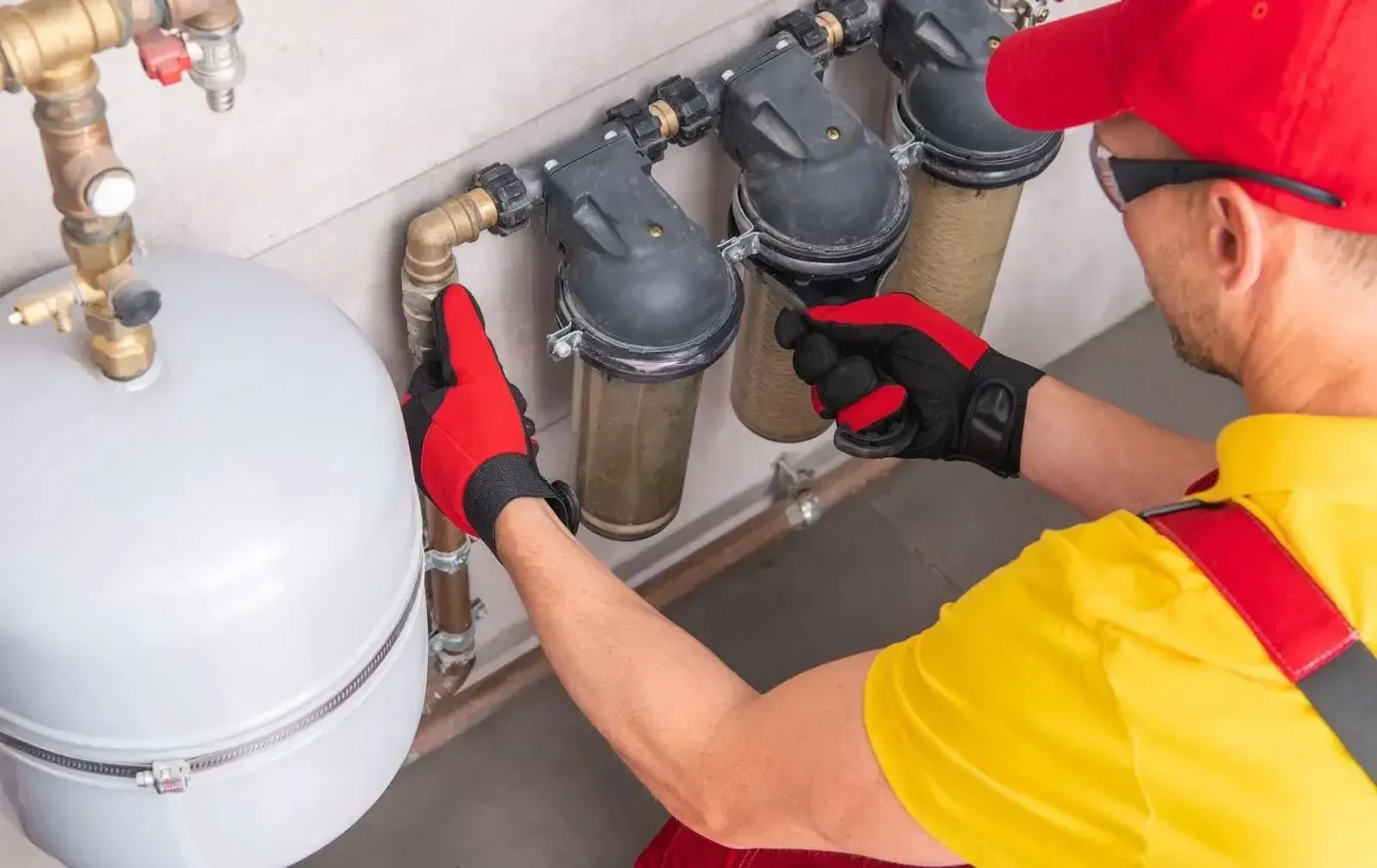Water Filtering 101: Exploring Park City Water Filter’s Solutions
Water Science offers a personalized filtration system that targets specific contaminants in your water, providing you with the cleanest and safest water possible. We offer a wide range of testing options to identify the contaminants present in your water and design a customized filtration system. We have different types of water filters for city and well water, and we also provide comprehensive maintenance services to ensure optimal performance. It is important to choose the right water filter for your home based on your specific needs and the contaminants in your water supply. Regular maintenance is crucial to keep your water filter system operating effectively and removing bacteria and other contaminants. The frequency of changing your water filter depends on the specific contaminants and the type of filtration system, but it is generally recommended to change it every 6 to 12 months. Water Science can effectively remove a wide range of contaminants from your water, including forever chemicals.
Table of Contents
- What is a water filter and how does it work?
- The benefits of having a water filter.
- The different types of water filters we offer.
- How to choose the right water filter for your home.
- The importance of maintenance.
- How often you should change your water filter.
- The different contaminants we can remove from your water.
What is a water filter and how does it work?
A water filter is a device used to remove impurities and contaminants from water, making it safe and healthy for consumption. They are essential for households and businesses alike, as they ensure clean and purified water for daily use. At Water Science, we specialize in water filtration systems for various purposes, including residential and commercial applications. Whether you need a water filter for your home or office, we have got you covered. Our team of environmental engineers is dedicated to providing you with the best water filtration solutions tailored to your specific needs.
When it comes to well water treatment, Water Science is the go-to expert in Park City. We understand the unique challenges and qualities of well water and have the expertise to design effective filtration systems. Our environmental engineers are well-versed in the latest technologies and techniques to remove contaminants commonly found in well water. By hiring us, you can ensure that your well water is thoroughly treated and safe for consumption.
At water science, we love water! And that’s why we are committed to helping our customers enjoy clean and pure water. We believe that having access to clean water is a fundamental right, and that’s why we work hard to build and customize a system for your unique home or business. Our team of experts will assess your water quality, understand your specific needs, and design a filtration system that best suits you. With Water Science, you can have peace of mind knowing that we take care of all the maintenance for you, ensuring that your water filter system operates efficiently and effectively.
The benefits of having a water filter.
Having a water filter has numerous benefits that contribute to your overall health and well-being. One of the main advantages is the ability to test for chemicals, heavy metals, and total dissolved solids (TDS) and then make a custom solution. It is crucial to understand that even though the amount of chemicals in tap water is approved by the FDA, they are cumulative and can build up in your body over time, potentially causing adverse health effects. By using a water filter, you can rest assured that harmful chemicals and heavy metals are being removed from your water supply.
When we first meet with you, we will conduct thorough testing to help determine exactly what is in your water and what needs to be filtered out. Water Science takes pride in its team of environmental engineers who are well-versed in assessing water quality and understanding specific needs. By conducting a thorough analysis, we can design a filtration system that targets the specific contaminants found in your water, ensuring that you receive the safest and cleanest water possible. This personalized approach to water filtration sets Water Science apart from other companies.
In addition to removing chemicals and customizing filtration systems, a water filter also aids in iron heavy metal removal. Iron is a common contaminant found in many water sources, and it can negatively impact the taste, odor, and appearance of your water. By utilizing a water filter, you can eliminate the presence of iron, improving the overall quality of your water. Not only does this lead to a better drinking experience, but it also has a positive impact on other aspects such as using purified water for your coffee machine. With clean and filtered water, you can enhance the taste and aroma of your morning coffee, creating a more enjoyable and satisfying beverage.
The benefits of having a water filter are extensive. From ensuring the removal of harmful chemicals and heavy metals to customizing filtration systems based on your water’s specific needs, a water filter helps guarantee clean and safe water for consumption. With the ability to remove iron and improve the taste of your water, a water filter enhances your overall drinking experience and even contributes to the quality of other beverages, like your morning coffee. By investing in a water filter from Water Science, you can enjoy the peace of mind that comes with knowing your water is being thoroughly treated and purified.
The different types of water filters we offer.
At Water Science, we offer a wide range of water filters to cater to different needs and preferences. For those who receive their water supply from the city, we provide solutions specifically designed to remove the impurities commonly found in tap water. Our city water filtration systems are equipped with advanced technologies to effectively eliminate harmful chemicals, heavy metals, and total dissolved solids (TDS). With our filters, you can enjoy clean and purified water straight from the tap, eliminating the need for bottled water.
For customers with well water, we understand the unique challenges and qualities of this water source. That’s why we offer specialized well water treatment solutions. Our environmental engineers are experienced in conducting water testing and analysis to identify the specific contaminants present in well water. Based on the results, we can design a customized filtration system to effectively remove these contaminants, ensuring that your well water is safe and healthy for consumption. With our well water filtration systems, you can have peace of mind knowing that your water is thoroughly treated.
Depending on the situation, we can recommend one or more of the following:
- Sediment Filters
- Carbon Filters
- Reverse Osmosis
- Water Softeners
- UV lights
- Various others depending on the sitiation
How to choose the right water filter for your home.
Choosing the right water filter for your home is essential to ensure that you and your family have access to good clean drinking water. With so many options available, it can be overwhelming to make the right choice. The first step is to consider your specific needs and the contaminants that may be present in your water supply. Are you concerned about chemicals, heavy metals, or total dissolved solids (TDS)? By conducting a water test or analysis, you can identify the specific contaminants that need to be filtered out. Once you have a clear understanding of your water quality, you can then choose a water filter that is specifically designed to target and remove those contaminants. Water Science, a full-service water treatment company, offers a wide range of water filters to cater to different needs and preferences.
Another factor to consider when choosing a water filter is the quality and reliability of the filtration system. You want a water filter that is built to last and provides consistent performance over time. It’s important to do your research and read reviews from reputable sources to determine the effectiveness of the water filter you are considering. Water Science takes pride in its top-quality products that are designed to filter out impurities and ensure good clean drinking water. With their expertise in water filtration, you can trust that their systems are built to withstand the test of time and provide you with the best water filtration solution for your home.
Lastly, consider the ongoing maintenance services provided by the water filter company. A water filter system requires regular upkeep to ensure optimal performance and efficiency. You want a company that offers comprehensive maintenance services, including routine inspections and filter replacements. By choosing a company like Water Science, you can have peace of mind knowing that we can take care of all the maintenance for you, ensuring that your water filter system operates efficiently and effectively. We understand the importance of clean and purified water and are committed to helping their customers enjoy the benefits of having access to good clean drinking water in their own homes.
The importance of maintenance.
Maintenance is an essential aspect of owning a water filter system. Just like any other appliance or equipment in your home, regular maintenance ensures optimal performance and efficiency. With Water Science, you can enjoy the convenience of comprehensive maintenance services that take care of all your water filter needs. From routine inspections to filter replacements, their team of experts will ensure that your filtration system continues to provide you with clean and purified water. By prioritizing maintenance, you can have peace of mind knowing that your water filter is operating effectively and that you and your family are drinking safe and healthy water.
One of the main reasons why maintenance is important for water filters is to remove bacteria. Over time, bacteria can accumulate in the filters and contaminate your water supply. Regular maintenance, such as cleaning and replacing filters, helps prevent the growth and spread of bacteria, ensuring that the water you consume is free from harmful microorganisms. Water Science understands the importance of removing bacteria, which is why their maintenance services focus on thorough inspections and filter replacements to keep your water filter system bacteria-free.
In addition to removing bacteria, maintenance is crucial for reverse osmosis systems designed for local conditions. Different areas have different water qualities, and a reverse osmosis system needs to be customized to effectively filter out the specific contaminants found in your local water. Regular maintenance allows Water Science to tailor the filtration system to meet your unique needs. By testing for chemicals, heavy metals, and total dissolved solids, they can then make a custom solution that targets the specific contaminants present in your water supply. With maintenance, you can trust that your reverse osmosis system is consistently providing you with clean and purified water, customized to the conditions of your area.
How often you should change your water filter.
The frequency at which you should change your water filter depends on several factors.
The specific contaminants and impurities present in your water supply will determine how often your filter needs to be changed.
By regularly changing your filter, you can rest assured that you are getting clean and safe water that meets the highest standards of safety.
Most filters need to be changed every 6-12 months.
The amount of water that you use and the quality of the water coming in will determine the frequency as well.
When we come out, as part of our initial testing, we can provide specific recommendations in terms of maintenance intervals.
The different contaminants we can remove from your water.
Water is something we don’t think about because we just turn on the tap, but we use it everywhere and more than we think. We understand the importance of having clean and safe drinking water. That’s why our systems can effectively remove a wide range of contaminants from your water supply. Whether it’s chemicals, heavy metals, or total dissolved solids (TDS), our filtration systems are designed to target and remove these impurities, ensuring that you experience healthier water. Our team of environmental engineers is experienced in assessing water quality and understanding specific needs. By conducting a thorough analysis, we can determine the specific contaminants present in your water supply and design a personalized filtration system that removes these contaminants, providing you with the cleanest and safest water possible.
Water contamination is a significant concern, but Water Science can do the maintenance for you. Our ongoing maintenance services ensure that your filtration system operates efficiently and effectively in removing contaminants from your water. We understand that a filtration system requires regular upkeep to ensure optimal performance and efficiency. That’s why our team of experts takes care of all the maintenance for you. From routine inspections to filter replacements, we have you covered. With our comprehensive maintenance services, you can enjoy peace of mind knowing that your water filter is always providing you with clean and purified water.
Contact us today and start your journey towards better water!
The post Water Filtering 101: Exploring Park City Water Filter’s Solutions appeared first on Water Science.
